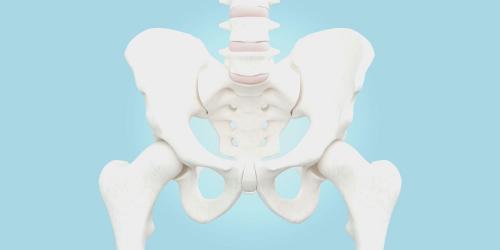On January 24, 2017, the National Agency for Food Safety, Environment and Labor (ANSES) presented the new nutritional benchmarks of the PNNS (National Health Nutrition Program).
In particular, it recommends limiting meat consumption (except for poultry) to 70 g per day and meat consumption to 25 g per day. This decision is based on the results of an IARC (International Agency for Research on Cancer) study of the World Health Organization (WHO), published October 26, 2015 in the medical journal "The Lancet Oncology" ". This study reveals that red meat is "probably carcinogenic to humans" .
It also points to the risks associated with the excessive consumption of processed meats (eg charcuterie, corned beef): a daily serving of 50 g increases the risk of developing colorectal cancer by 18%.
Health: beware of the consumption of simple and hidden sugars
WHO is also at war with simple sugars (eg table sugar, fructose) and sugars hidden in industrial preparations (eg ketchup, drinks, brick soups) for many years.
Why ? Because excessive consumption of these sugars promotes the formation of caries, overweight, obesity and the onset of type 2 diabetes or cardiovascular disease.
In 2015, it recommended limiting the consumption of this type of sugar to 10% of the total energy intake for one day in adults and children (approximately 50 g per day). Successfully reducing this ratio to less than 5% would be even more beneficial (about 25 g per day). To help reduce the amount of sugar absorbed, ANSES recommends limiting the consumption of commercial fruit juice, soft drinks and other highly sugary drinks to one drink per day, maximum.
Salt, fat and starchy foods: consume in moderation
At right dose, salt, starchy foods (eg pasta, rice, bread) and fat are good for the body. Salt provides sodium, an essential mineral for muscle contraction, cell hydration and stabilization of blood pH. Lipids found in fats provide energy, are beneficial to cell membranes and are involved in the body's production of many hormones. As for starchy foods, they are a significant source of energy, vitamins, fibers and minerals ...
However, do not overuse salt . In its guidelines on sodium intake in adults and children in 2012, WHO recommends not exceeding 5 g of salt per day in healthy adults, particularly to limit the risk of high blood pressure.
On the fat side, it is necessary to limit the consumption of trans fatty acids , especially trans fatty acids of industrial origin, present in various processed products such as pizzas and pastries: at high doses, they increase the risk of pathologies cardiovascular. Since 2005, ANSES has set the maximum threshold of tans fatty acids at 2% of the total daily energy intake.
As for starches, they must not exceed 50 to 55% of the daily intake. ANSES recommends favoring unrefined starchy foods (eg wholemeal bread), especially for their high fiber content.
Healthy foods to be preferred on a daily basis
In its 2017 recommendations, ANSES advises eating fish twice a week, including once fatty fish (eg salmon, tuna) for its omega-3 content. This recommendation is based on various studies that have demonstrated the protective role of omega-3 for the cardiovascular system and their beneficial effect against high blood pressure. Canola oil and nut oil are also recommended for their Omega-3 concentration.
ANSES also insists on the place of fruits and vegetables (it recommends eating 400 g per day) and legumes (eg lentils, chickpeas ... to eat several times a week) to provide enough fiber, vitamins and minerals to the body.
Health plans to prevent pathologies?
Several scientists have developed healthy diets, generally inspired by the diet of a region of the world less affected by diabetes, obesity, cardiovascular disorders, cancer and other pathologies influenced by eating habits. Not surprisingly, these diets have a lot of less common.
For example, they are usually rich in omega-3 sources and fresh fruits and vegetables while being quite poor in red meats.
We can mention the Cretan diet of Professor Serge Renaud , which would reduce the risk of cancer by nearly 60% and the risk of heart attack by 70%: it focuses mainly on fish, seafood and meat. white, seasonal fruits and vegetables and cooking without added fat (eg steam, papillotes). We can also mention the Okinawa diet (fish, seafood, fruits and vegetables, poultry, seaweed ...) or the Nordic diet , which favors fish, game and berries.
When diet participates in the treatment of an illness ...
Diet has such an impact on health that diets have been developed to fight certain diseases. There are many types, used in hospitals or at home.
The low salt diet (sodium diet) , in particular, is often used in cases of heart failure, edema, high blood pressure, liver or kidney failure ...
Another example is the gluten-free diet. Used in case of celiac disease, it removes all gluten sources from the diet (mainly wheat flour foods).
We can also mention the cholesterol-lowering diet , useful in case of excess cholesterol: it is mainly to reduce the consumption of animal fats to favor vegetable fats.
The last example is the anti-diabetes diet , which favors foods with a low glycemic index, which means little increase in blood sugar (blood sugar).


